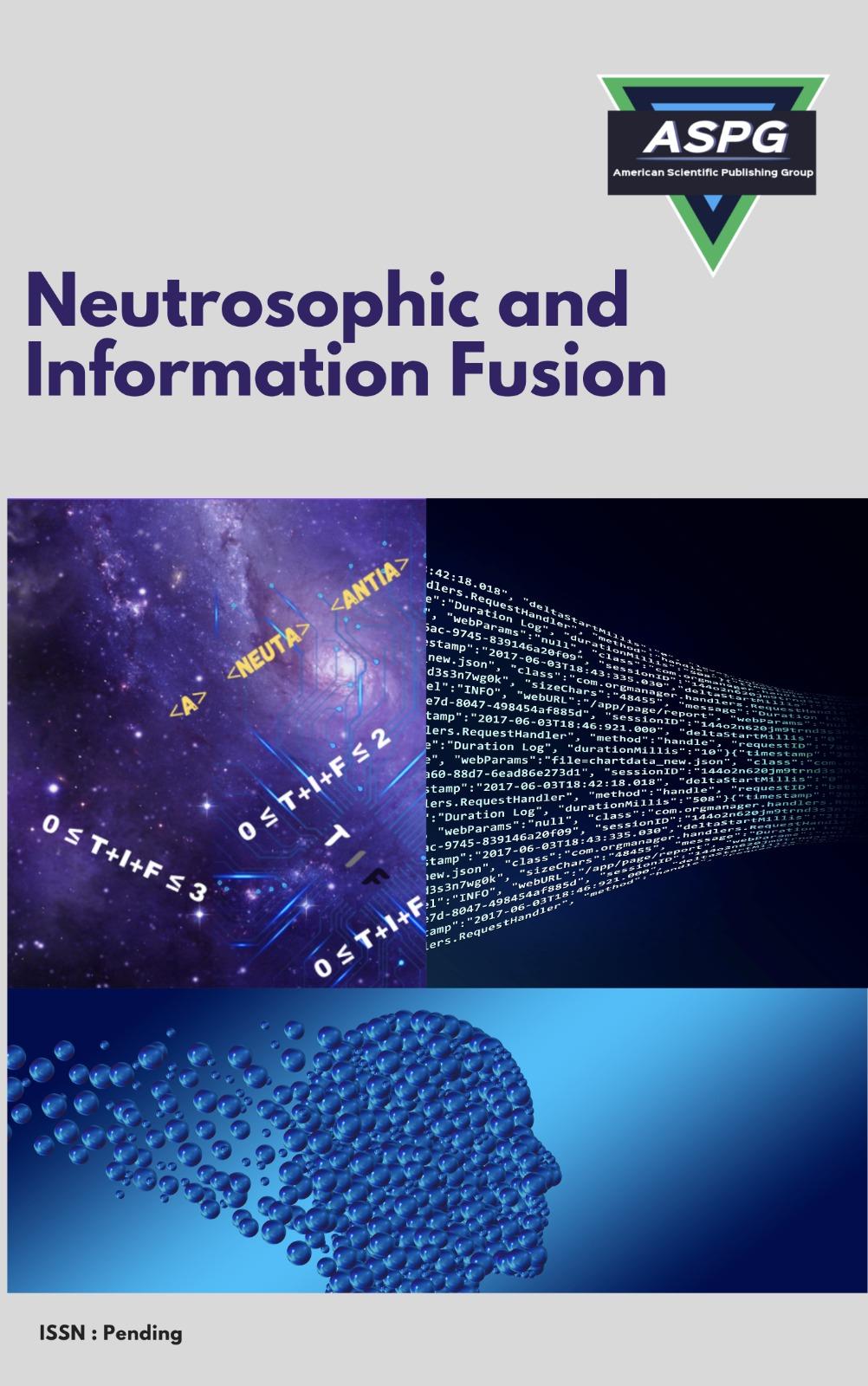

It is one of the most difficult and time-consuming processes to develop and pick an acceptable material for the piston material that has a variety of attributes. Component failure is often caused by inappropriate material at some stage throughout the functioning process. In light of this, the piston material selection is performed in this article. The goal of this work is to found a technique for selecting the material of the piston for a new design engine by using the multi-criteria decision-making (MCDM) approach to find a solution to the issue of choosing the material for the piston. The purpose of the TOPSIS method is to pick the appropriate material for a piston based on the application it will be used in. The TOPSIS technique is stretched under neutrosophic sets to solve the vague and uncertain information in this process. The single-valued trapezoidal neutrosophic sets (SVTNSs) are used in this paper. The SVTNSs is a mixed with the trapezoidal neutrosophic sets (TNSs) and the single-valued neutrosophic sets (SVNSs). There are nine criteria and three alternatives used in this paper. The illustrative example is carried out The sensitivity analysis and comparative study are carried out to display the robustness and efficiency of the suggested model.
Read MoreDoi: https://doi.org/10.54216/NIF.020102
Vol. 2 Issue. 1 PP. 23-43, (2023)
Solar dryers utilized in agriculture for the drying of food and crops are also utilized for drying operations in industrial settings. They have the potential to be shown as a very helpful tool in terms of the management of energy saving. It not only helps conserve energy, but it also helps save a lot of time, consumes less space, makes the procedure more effective, enhances the standard of the product, and safeguards the surroundings. Due to the many associated potential barriers, the acceptance of solar dryers has not yet reached a benchmark, although this was an expectation. In this body of work, a methodical framework that makes use of the MCDM tools has been proposed to identify and rank several obstacles in descending order of importance.The AHP can identify both quantitative and qualitative aspects by using comparison matrices to assign weights to them and rank them in order of importance. The AHP technique is used to calculate the weights and relationship of the solar drying barrier. To account for the lack of clarity and coherence in the data that is available in the actual world, we tested the suggested model in a neutrosophic set. We used the single-valued triangular neutrosophic sets (SVTNSs). SVTNSs are a type of neutrosophic set, integrated into triangular neutrosophic sets and SVNSs. The application of applying the SVNSs-AHP is performed.
Read MoreDoi: https://doi.org/10.54216/NIF.020103
Vol. 2 Issue. 1 PP. 35-49, (2023)
Recently, New Energy Vehicle (NEV) consider eco-friendly and become the strategic option for balancing economic, social, and ecological goals. Therefore, this study contributed to construct a dynamic appraisal framework (DAF). Deploying Combined Compromise Solution (CoCoSo) methods and single-valued neutrosophic sets (SNNSs) in DAF to appraise financial risk for seven enterprises based on determined nine criteria. The CoCoSo method is used within the context of the SVN to decide which enterpise is the otimal. In addition, an example case study of financial risk evaluation is explored to highlight the entire execution process of the suggested framework.
Read MoreDoi: https://doi.org/10.54216/NIF.020104
Vol. 2 Issue. 1 PP. 50-58, (2023)
It is possible for a natural catastrophe to cause harm to numerous industrial facilities in the same region simultaneously. The natural catastrophe's Natech events may then affect the industrial facilities that are located nearby, so creating a coupling risk. The evaluation of the danger of Natech events coupling is conducted using the technique of multi-criteria decision-making (MCDM) methodology in this investigation. Additionally, the concept of spherical fuzzy is presented as a means of resolving the issue of ambiguity associated with the Natech coupling risk. The Natech Coupling Hazard Index is designed to include both tangible and operational resources in its calculations. The idea of an equal population is being floated as a means of contrasting the dangers presented by physical facilities with those posed by functional amenities. The spherical fuzzy set is an effective method for coping with ambiguity since it presents a broader decision-making region and identifies reluctance. under this paper, a fuzzy MDCM technique using spherical fuzzy AHP is proposed as a solution to the challenge of managing the selection of process mining methods under settings that are unclear and vague. The AHP method is used to compute the weights of criteria and shows the rank and order of alternatives. The application is performed in steps of the spherical fuzzy AHP method.
Read MoreDoi: https://doi.org/10.54216/NIF.020105
Vol. 2 Issue. 1 PP. 59-68, (2023)
Present era, several technologies are combining in various industries to strengthen sustainable ecological, economic, and societal. For example, in storage energy industrial where a sophisticated technique for storing thermal energy called thermal energy storage (TES) can lessen the effects on the environment and enable cleaner and more effective energy systems. Particularly, thermochemical energy storage (TES) which is characterized by substantial density of energy. So, selecting suitable material among the set of materials is crucial process. This study emphasized employing durable techniques to elucidate complex interrelationships between criteria and several materials. Thus, this study employs Multi-criteria Decision Making (MCDM) methods. Also, we are supporting these methods with robust theory represents in neutrosohic theory to fortify MCDM methods in uncertainty and non-aligned situations. Moreover, we are utilizing Multi-objective Optimization by Ratio Analysis plus Full Multiplicative Form (MULTIMOORA) assists with Single Value Neutrosophic sets (SVNs). Finally, we applied our constructed framework to a real case study to guarantee that our framework is accurate and valid.
Read MoreDoi: https://doi.org/10.54216/NIF.020101
Vol. 2 Issue. 1 PP. 08-22, (2023)